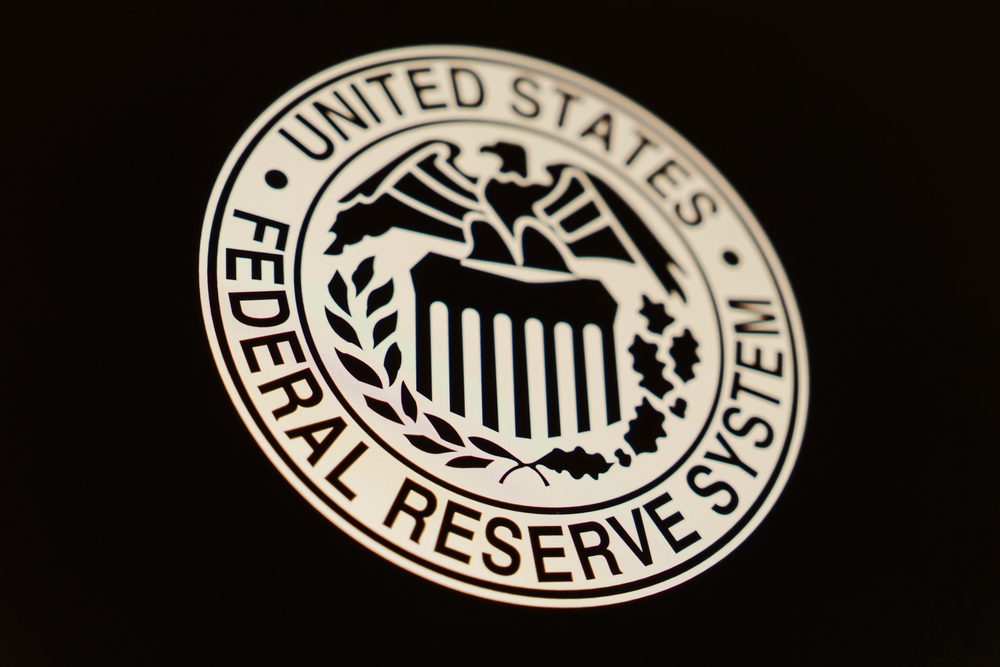
Monetary Policy & Inflation | US

Monetary Policy & Inflation | US
This article is only available to Macro Hive subscribers. Sign-up to receive world-class macro analysis with a daily curated newsletter, podcast, original content from award-winning researchers, cross market strategy, equity insights, trade ideas, crypto flow frameworks, academic paper summaries, explanation and analysis of market-moving events, community investor chat room, and more.
The Fed has gone through a series of policy cycles. At the 31 July FOMC meeting, Chair Jerome Powell said ‘the risks to achieving our employment and inflation goals continue to move into better balance. Indeed, we’re attentive to the risks to both sides of our dual mandate.’
On 23 August at Jackson Hole, Powell turned dovish. He stated ‘The upside risks to inflation have diminished. And the downside risks to employment have increased. We do not seek or welcome further cooling in labor market conditions.’ Powell’s shift likely reflected the June-July lower NFP prints together with the QCEW that showed large downward annual revisions to NFP were likely next February.
The Fed remained dovish at the 18 September FOMC when it cut 50bp despite uncertainty on inflation stickiness while growth data was strong (Charts 7-10).
However, Powell turned hawkish at a Q&A on 30 September. He explained employment and growth data had been conflicting somewhat and historically, when growth and employment data were conflicting, employment was more reliable (Mary Daly wrote about this topic as San Francisco Fed head of research). But Powell further said the GDP annual revisions showed growth data pointing in the right direction.
September’s NFP showing labour market tightening is likely to add to Powell’s conviction the labour market is catching up to the strong growth data (Charts 11-18). I expect the minutes and FOMC speakers to reflect these developments (Table 2).
I do not expect the NFP to change the Fed’s 2024 policy plans as it does not react to single data points. Also, with only two months until the 18 December FOMC, the data is unlikely to deviate much from the December SEP (Table 1). I expect growth to be higher than the 2% Q4/Q4 and unemployment lower than the Fed’s expected 4.4%. Contrasting, core PCE is likely to be near the 2.6% Q4/Q4 (average Q4 prints only need to be 28bp MoM or below to hit the Fed’s target, which is very likely).
Furthermore, Powell explained at the September FOMC that despite the marked disinflation of 2022-23, the Fed had been ‘patient’ and refrained from cutting. That is, the 50bp cut was a catch up. Even after the 50bp cut, the FFR is still 1ppt above the Taylor rule (a historically wide spread, Charts 1-6).
Long term, I am less confident the Fed can stick to its plans to cut the FFR 100bp in 2025. First, the US election could bring about a combination of demand and supply shocks that would lift inflation.
Second, the past two years combination of disinflation and above trend growth suggest the economy has benefitted from a positive supply shock. Demand shocks move growth and inflation along the upward slowing aggregate supply curve (i.e., growth and inflation move in the same direction). By contrast, supply shocks move the economy along the downward sloping aggregate demand curve (i.e., growth and inflation move in opposite directions).
The supply shock was initially normalizing supply chains and economies but an immigration surge drove this from 2022. The surge has added to labour supply and limited wage growth, as well as supported consumption. Without immigration, the US may well have had a short recession in 2022 due to the consumption hangover caused by the exceptionally high government transfers of 2020-21. Overall, though disinflation suggests immigration has impacted supply more than demand.
With the immigration surge over, there is a risk the labour market could start tightening and wage growth could accelerate. I think this is the NFPs key message. The continuation of these trends in the October and November’s NFP could make the Fed pause ahead of December’s SEP.
I still expect the Fed to cut twice in 2024 in line with the market pricing 1.9 cuts, down from 2.7 pre-NFP.
Table 1: Current Fed Macro Forecast
Table 2: FOMC Comments
Spring sale - Prime Membership only £3 for 3 months! Get trade ideas and macro insights now
Your subscription has been successfully canceled.
Discount Applied - Your subscription has now updated with Coupon and from next payment Discount will be applied.